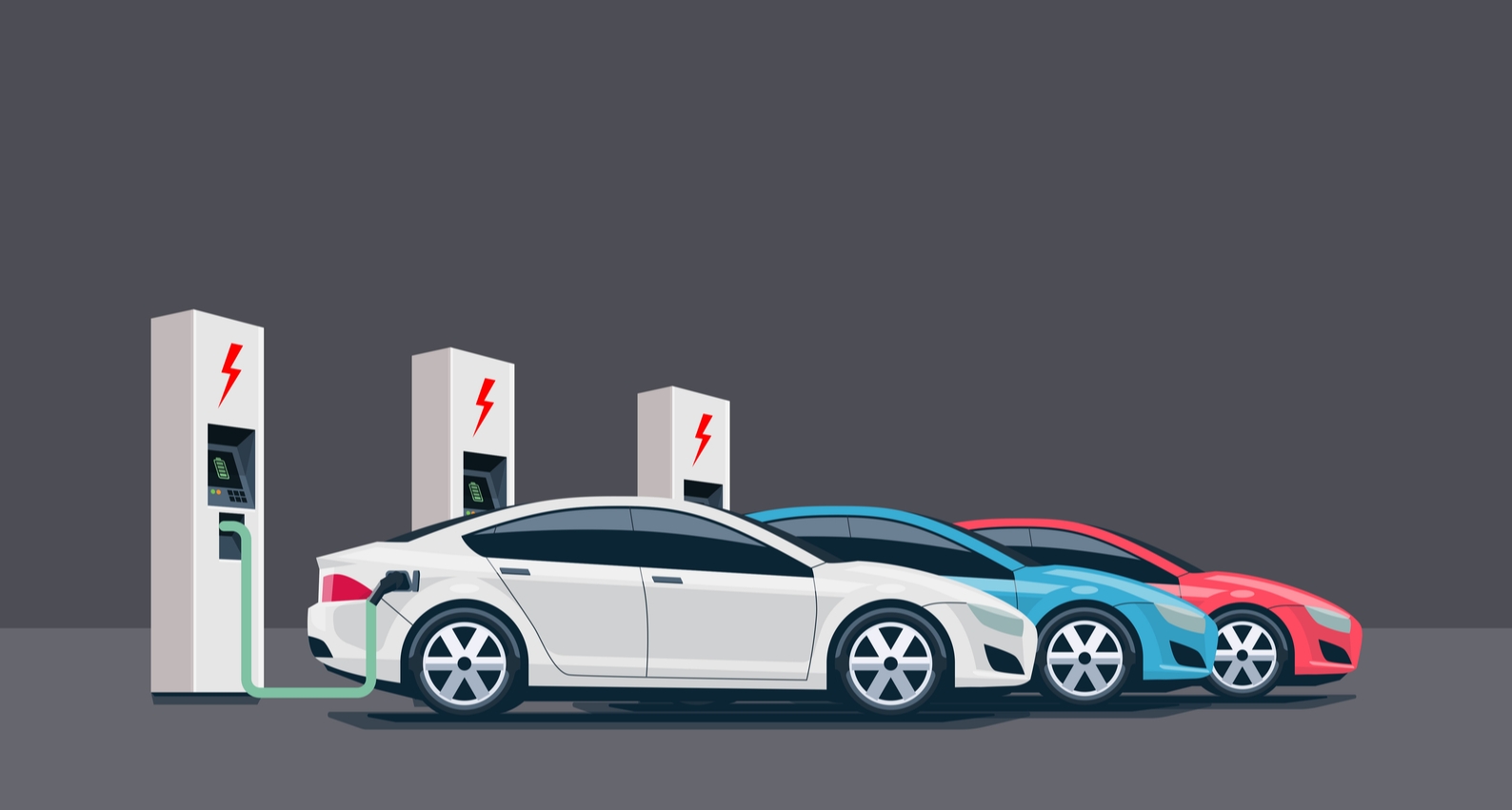Expediting Adoption of Electric Vehicles - An Aranca Solution
Published on 03 Sep, 2021

Electric vehicles were introduced in 2010 and are gradually gaining popularity. However, the Indian market is fraught with challenges, such as high cost and lack of proper infrastructure for charging, which hinder growth in this market. Having said that, appropriate support from the government and energy companies and design changes can help these vehicles attain a higher reach and upward growth trajectory.
Electric vehicles (EVs) are gaining increasing popularity as they are clean, efficient, and luxurious. Examples include EV models of Tesla, Mahindra, and Tata. Consumers consider EVs a cost-effective alternative that have minimal operational expense and are environment-friendly as they use green energy. Although market and consumer interests are vital, government and policy contributions are equally necessary. Currently, EVs function within broader energy and transportation systems that have their own pros and cons, and their availability and usage is limited.
Indians value-conscious customers
Despite the higher price and pollution levels, Indian customers choose diesel vehicles over their petrol equivalents. The concern is whether EVs will survive in the market as they are more expensive mostly due to their battery. The current price of a lithium-ion battery is around USD137/kWh worldwide, which equates to INR3.12 lakh in cost minus import tax. However, prices are expected to fall below USD100/kWh a few years from now, which will help increase the use and demand of EVs.One approach to accelerate the adoption of EVs is for fintech companies to offer long-term loans with cheap interest rates to those who want to acquire electric vehicles. As a result, everyone will have easy access to EVs.
Range a crucial factor
The longer the range, the more expensive and heavier is the battery. Several easily accessible battery charge stations and compact battery packs that simply replenish regularly would be perfect in an ideal environment. In addition, cabs that can be charged overnight and utilized daily would prove effective. However, this is difficult without fast-charging facilities.An EV requires significantly more power than residential 15-amp plugs, which can only supply around 3 kW of electricity. Thus, charging 35 kWh would take about 12 hours, giving unavoidable “range anxiety” to customers. Unlike in the United States, most Indians do not have a personal garage. As a result, company- or government-owned charging stations will play a critical role in policy decisions.
Commercial charging at consumer charges
EVs cannot be charged anytime when extra electricity is available. Depending on the type of renewable energy used, various batteries could be made available to store this surplus electricity.A creative way to resolve the charging issue is to develop a low-cost power converter that can use electricity in homes to charge an EV. This could help promote the use of these vehicles as a good one-time investment for consumers.
Narrow-band IoT (NB IoT), which maintains track of the type of vehicle, location, and power consumed, can also be deployed. This will put to rest users’ concern about maintaining track, as the app will be available on their mobile devices.
Other strategies to encourage EV usage include specialized charging stations, free parking, and subsidized electricity. The long-term objective is to not only convert automobiles to EVs but also minimize the dependency on personal vehicles. This can be achieved by redesigning cities for walking and bicycling and expanding and improving public transportation. Rather than aiming to select technology winners, the government should concentrate on building appropriate frameworks that can aid in reducing the use of non-electric vehicles and developing the use of EVs. EVs are expected to have a successful run provided they can be charged efficiently and have various battery options for long-term usage.
